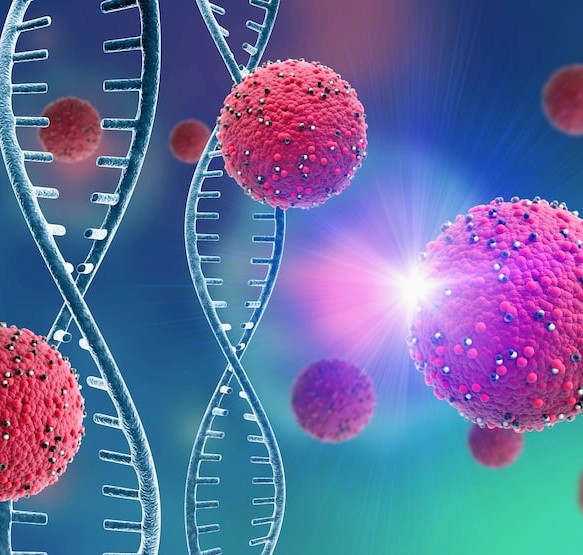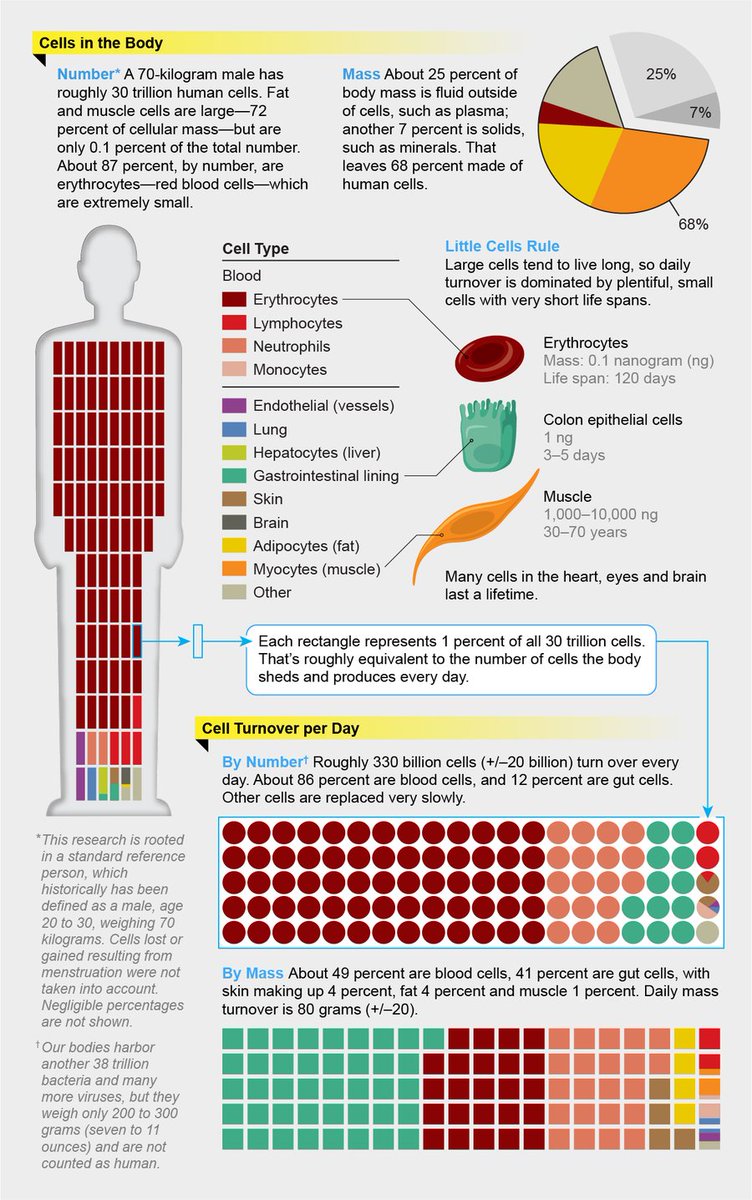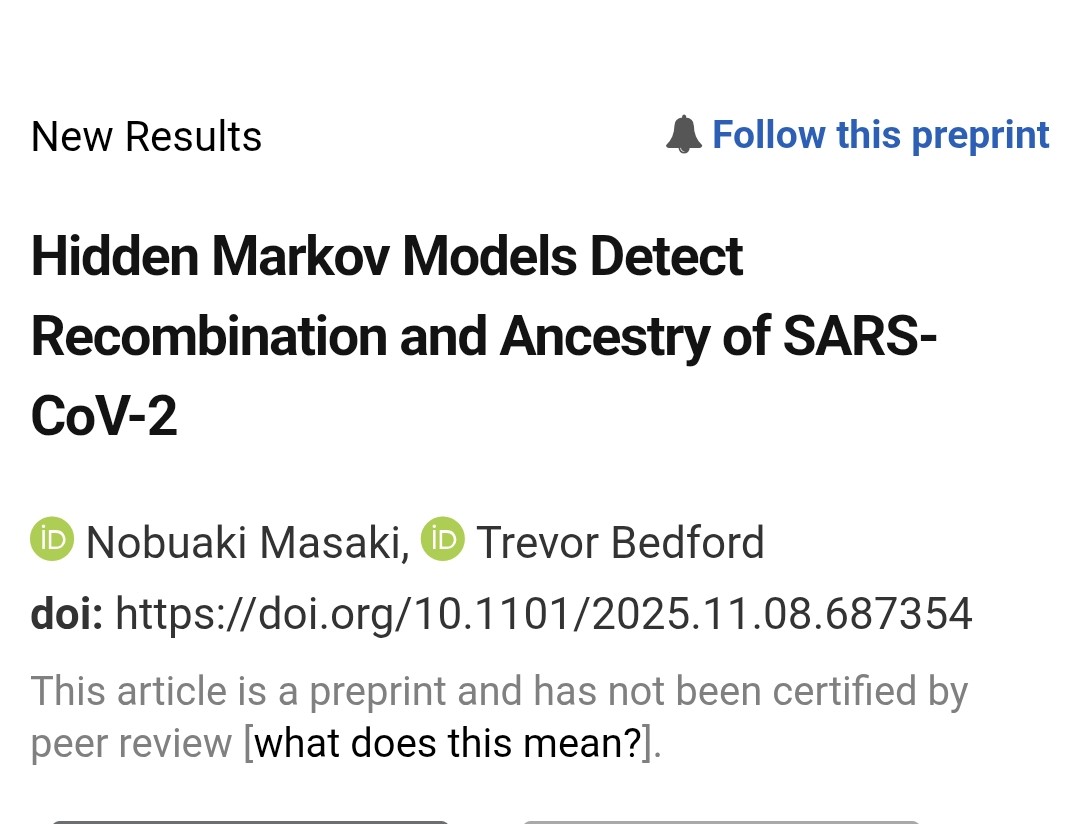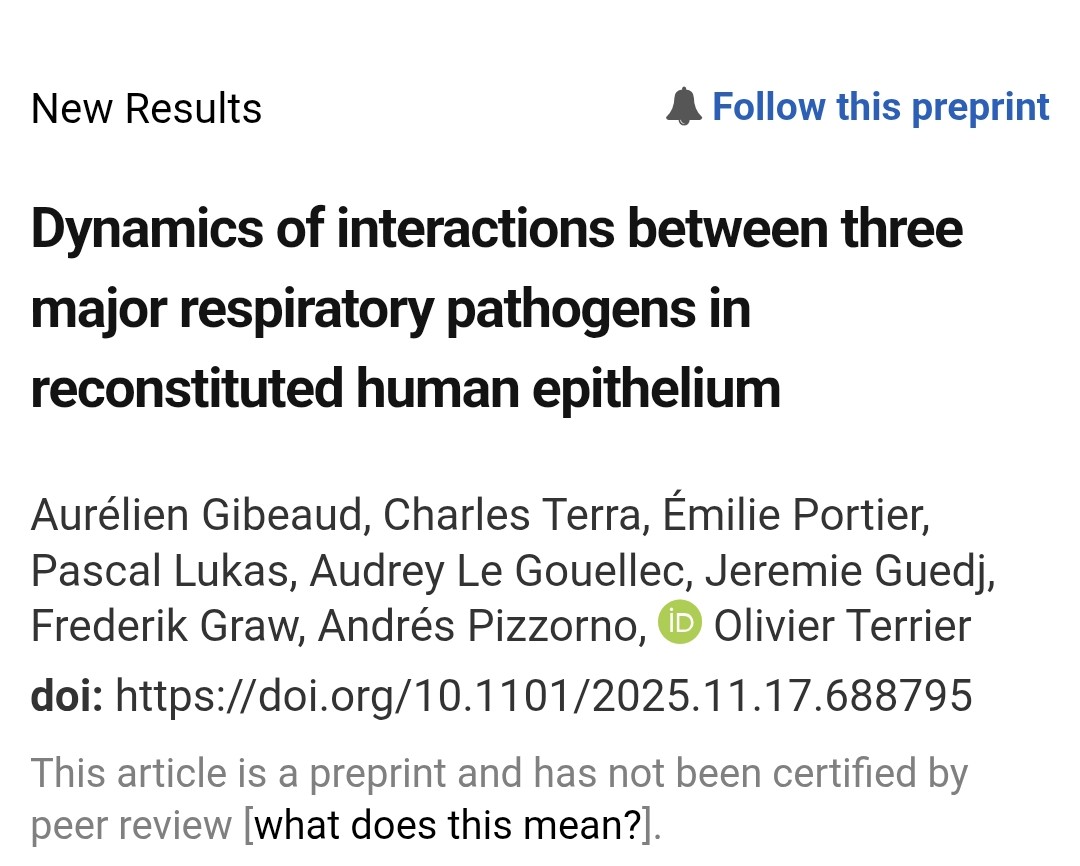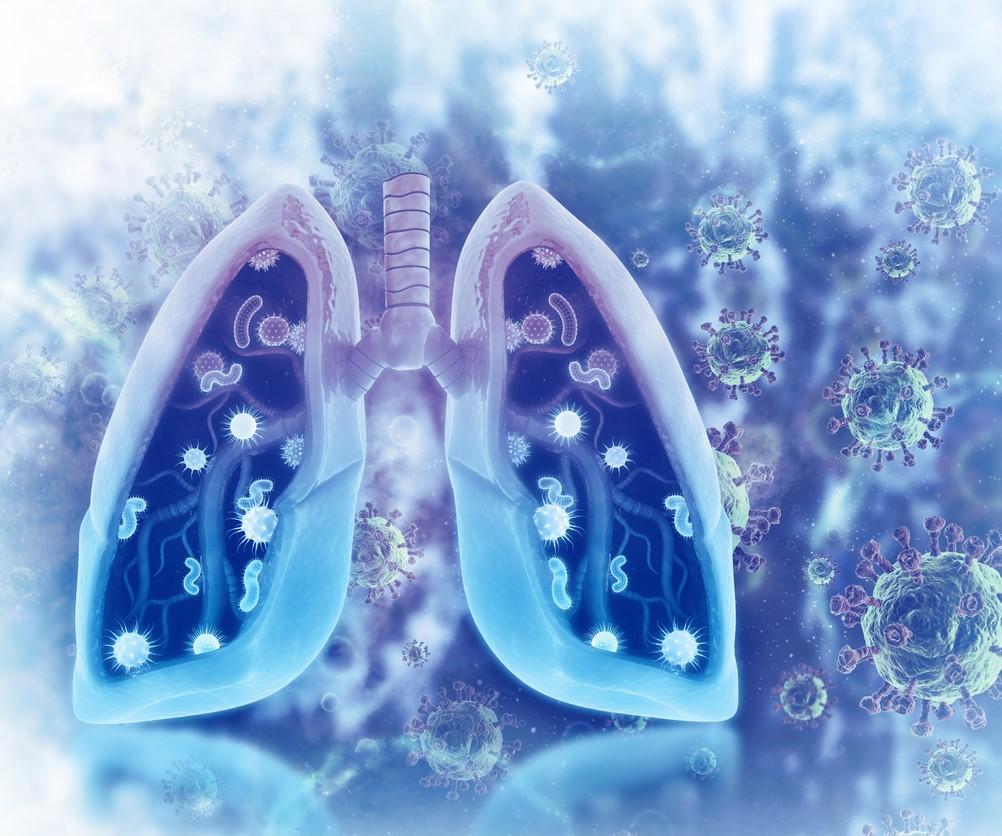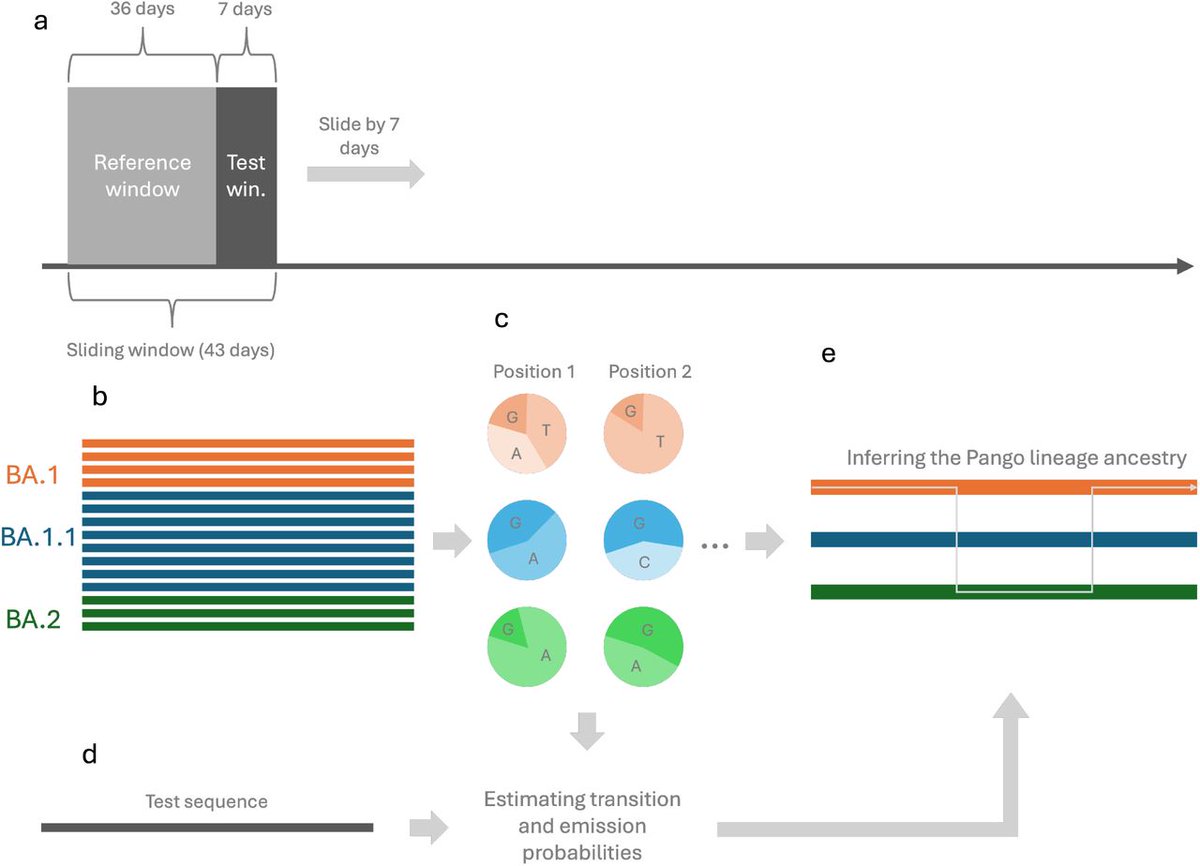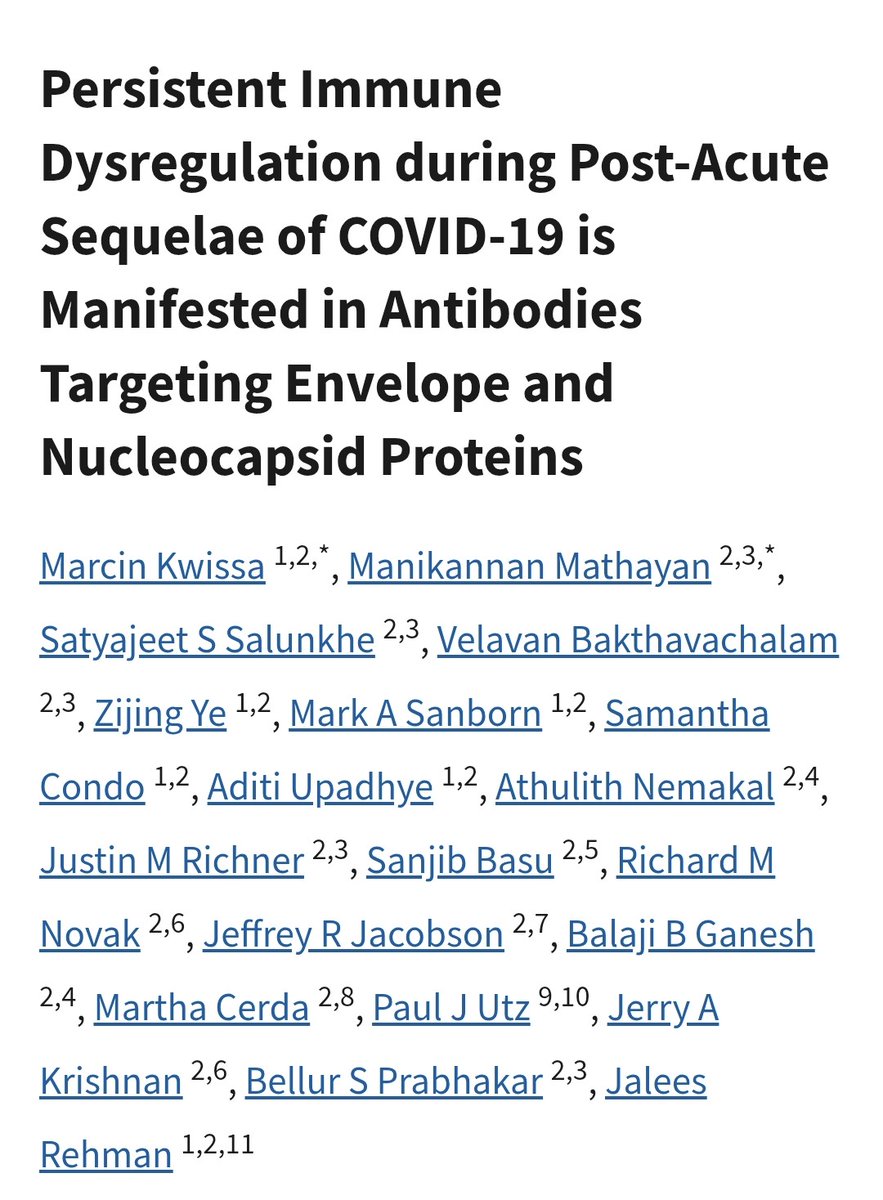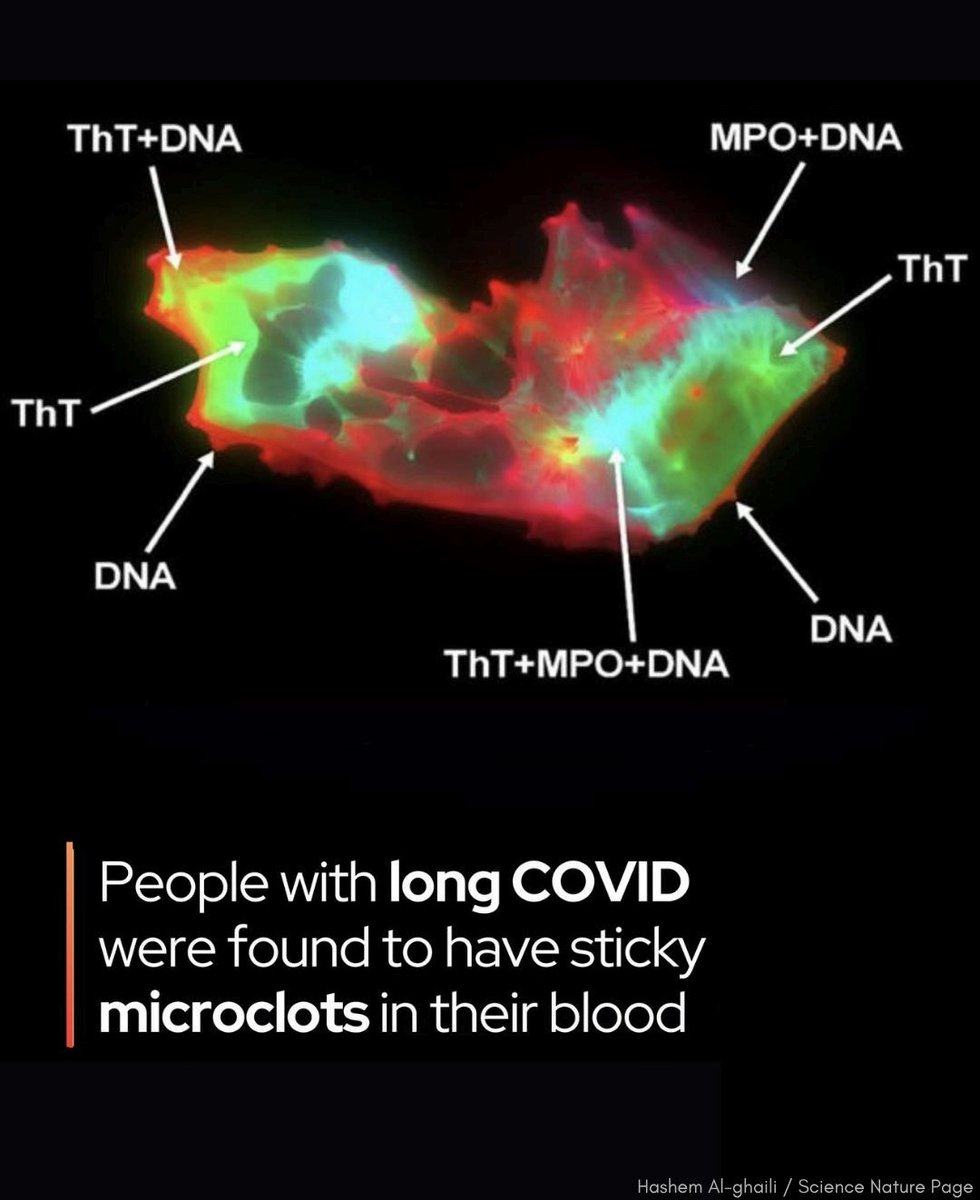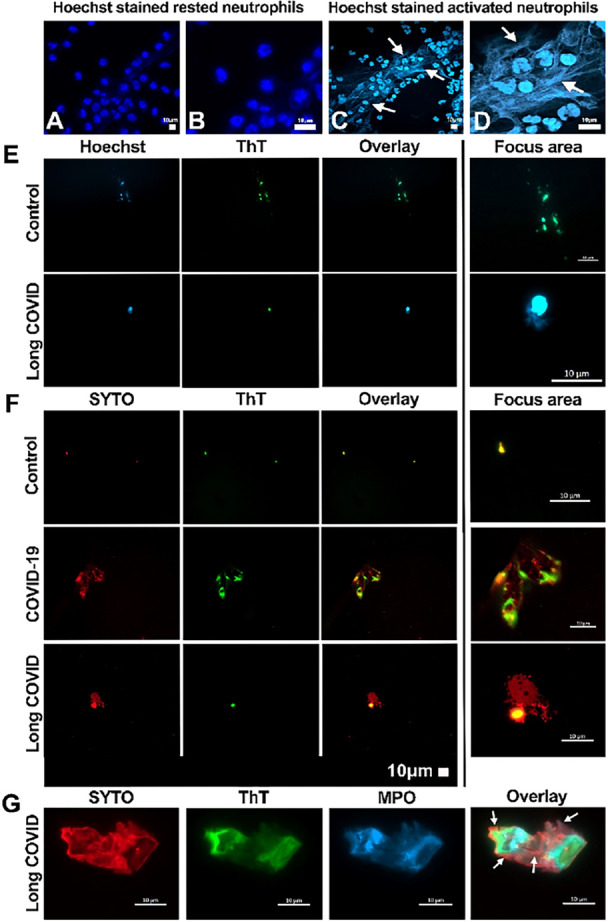2) This study presents a two-strain stochastic model to understand the factors influencing the fitness and evolution of SARS-CoV-2 variants. The model accounts for important factors like asymptomatic transmission, mutations, disease import, and the possibility of spillover events 

3) ▶️ Variants with milder symptoms may spread faster than severe variants, as milder cases are less likely to seek medical care and get isolated early on. However, this can still result in high hospitalizations and fatalities due to widespread infection. 

4) ▶️ Increased transmissibility of milder variants is a concern, as they can infect a larger segment of the population compared to more severe variants.
▶️ Prolonged infectiousness of variants, even by just a day, can significantly enhance their fitness and ...
▶️ Prolonged infectiousness of variants, even by just a day, can significantly enhance their fitness and ...

5) ...lead to their dominance over previous strains.
▶️ The global sensitivity analysis reveals that transmission rates and recovery rates are key drivers of variant dynamics, with complex interactions between parameters influencing the wild-type strain.
▶️ The global sensitivity analysis reveals that transmission rates and recovery rates are key drivers of variant dynamics, with complex interactions between parameters influencing the wild-type strain.

6) The model provides a nuanced view of viral evolution and transmission dynamics, highlighting the need for robust surveillance, vaccination, and tailored public health interventions to manage the spread of SARS-CoV-2 variants effectively.
Thanks for reading 😊
Thanks for reading 😊
• • •
Missing some Tweet in this thread? You can try to
force a refresh



